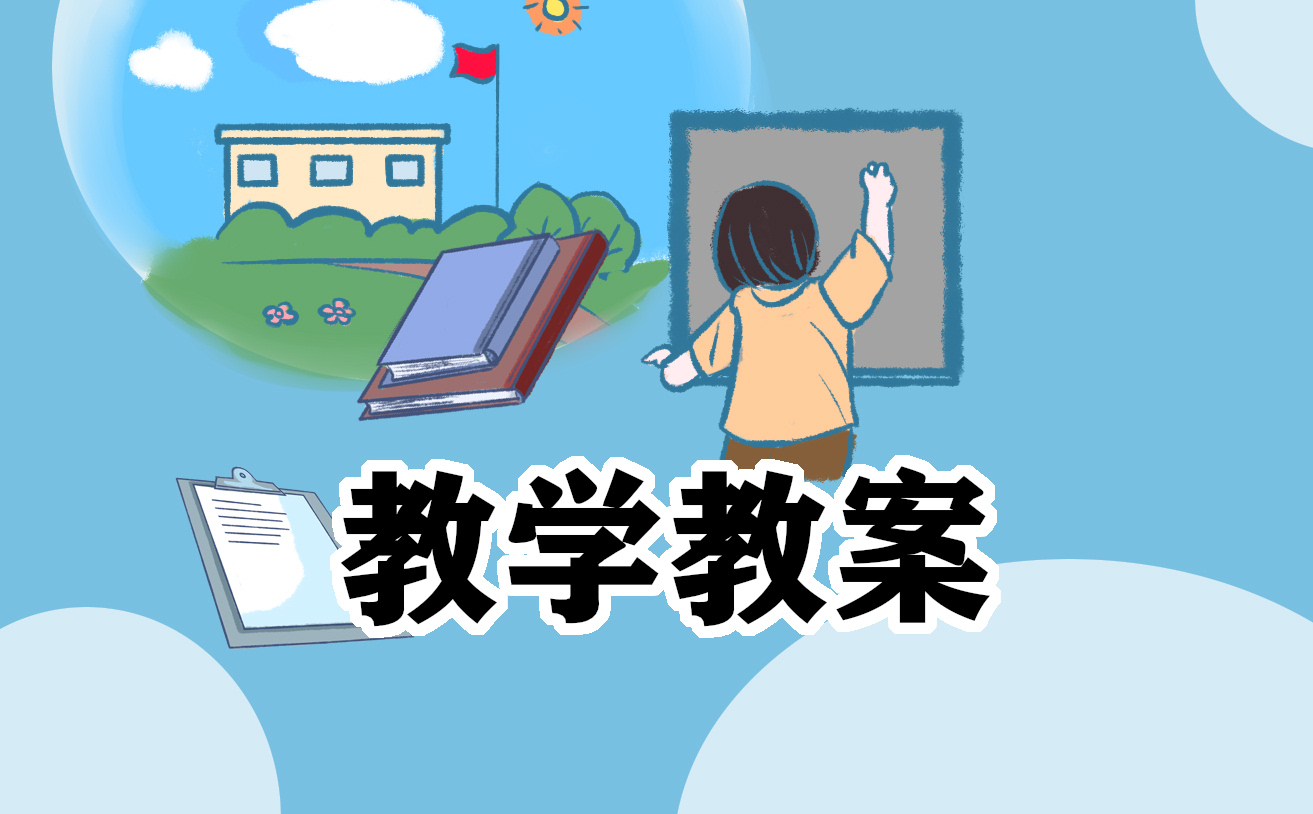让学生通过运用语言来完成学习任务,感受成功,从而引发和培养学生学习英语的内在动机,最终使他们形成英语学习的积极态度。一起看看新湘少版小学四年级英语下册教案!欢迎查阅!
新湘少版小学四年级英语下册教案1
教学目标:
知识目标
A、能听、 说 、读、写并正确使用单词
“happen, ride, thirsty, watermelon, carry, bump,
fell/fall off, went/go, bought/buy ”。
B、能理解并灵活掌握句型
We went for a bike ride/were hungry and thirsty/bought a watermelon/fell off/carried…. 。
能力目标
在知识目标的基础上,要求学生在实际生活中运用动词过去时态句型We went for a bike ride/were hungry and thirsty/bought a watermelon/fell off/carried….来谈论或描述过去发生的事情,同时在课文的教学中培养学生的阅读能力,从而提高他们的综合语言运用能力
情感目标
让学生通过运用语言来完成学习任务,感受成功,从而引发和培养学生学习英语的内在动机,最终使他们形成英语学习的积极态度。
教学重点:
能理解并灵活使用句型We went for a bike ride/were hungry and thirsty/bought a watermelon/fell off/carried…. ,掌握过去时态的表达方式。
教学难点:
过去时态的运用及利用教师设计的各种阅读训练活动,通过输入和输出的方式,使得学生感知并理解教学内容,并以此话题展开“说”与“写”的训练,培养学生的综合运用语言的技能。
教学过程:
一、Warm up
1.Greetings.
T:Hello,boys and girls.
Ss:Hello,Ms Wang.
T: How are you?
Ss: Fine ,thank you ! And you ?
T: I’m fine , too. Thank you !
2. Sing a song.
T: Let’s sing a song. 《We walked and walked》Ok?
Ss: Ok!
3. Free talk.
T: I went to the supermarket. And I bought some apples, bananas and a big watermelon.(Teacher shows pictures and new words.)Who can introduce : What did you do yesterday?( Teacher shows the questions.)
师生互相问候、听唱歌曲,营造活跃轻松的学习氛围。由于歌曲和所做动作在内容上有一定的联系,所以学生在边唱边跳中很自然地进入一种语言状态,同时也为以下的学习做了铺垫。
师生自由对话,创设宽松的学习氛围,这样既复习了旧知,又让学生感知新知,为学习新内容打下基础,从而使知识连成线,织成网,滚成球。
二、Presentation
活动1)
巧设情景,引入新课。
1.(师事先与一位学生S1共同创设情景:在老师与学生Free talk时,突然S1坐在座位不小心摔倒了,这时老师与他进行对话并通过表情动作)
T:“What happened to you ?
Ss: I fell off my chair.
T: Oh,it is an accident.(教学)
2.(同时,借助多媒体展示Sam 从自行车上摔倒的图片)
引出课题T: Today we’ll learn Module10 Accidents Unit 1“Sam fell off his bike.”
(Ss read the sentence.)
3.提出任务:教师告诉学生通过本节课的学习过后,同学们来谈论偶发事件,小组合作自编自演故事。
从创设情景引出课文的情景,从而引出课题,学生很自然地理解课题。
使学生带着任务有目的的学习,并激发学习兴趣。
活动2)
三、自主探索,学习课文。
1.首先出现Sam和Daming 两个人物的头饰,T告诉学生:Let’s listen and find the answer “what did Sam and Daming go yesterday?”
Listen and point,then choose the right answer.
A.went for a bike ride
B.went to school
引出went for a bike ride 的教学。(手势及动作)
T:What is the difference between these sentences?
A.Yesterday I went to a park.
B.I go to school by bike every day.
Ss:( 找出不同点)
(分小组进行操练)
2.Listen ,point and repeat,then answer“Why did Sam fell off his bike?”
1)Listen and repeat.
2) Discuss in groups then answer.
3)学生回答中引出新词的教学:carried, bumped, hungry, thirsty, bought, watermelon, fell off方法同“went”的教学。(运用肢体语言及图片展示进行教学,Drill line by line)
4)Drill the sentences row by row.
3.最后,再次听音跟读的情况下围绕“What happened to Daming?的问题引导学生小组分角色复述课文的主要内容。(强调先后顺序,并用“then….,and then…..进行复述。)
在学习故事的过程中,让学生说一说其中的人物情节安徽教师招考网(https://www.ahteacher.com)既帮助其理解故事,更主要的是能使学生体会英语故事的丰富多彩,这是阅读教学兴趣培养的补充环节。
培养学生积极交流新知的能力,培养学生自主发现、总结规律的能力
Read the dialogues according to the pictures . Then play a guessing game “Which picture is missing?
培养学生的独立认读能力并在游戏中进一步巩固新知。
活动3)
Play a memory game(利用多媒体呈现所学过的动词及其过去式,一分钟后,点击一部分词的原形或过去式不见了,让小组比赛抢答。
将游戏与练习有机结合,融为一体,让学生边做游戏边练习,寓教于乐,极大地激发了学生的学习兴趣。
活动4)
AB Ex3看图填动词的过去式,并小组分角色表演这意外事件。比比哪组表演得好。
在听说读的基础上,进一步落实写的目标。培养学生的书面表达能力。
四、Production:
Tell interesting stories.(practice in group)
Eg: Yesterday, Tom went for a bike ride with his friends. He___________. Then he________, and then he __________,and then he________.......(went,bought,carried,bumped,fell off,was,walked…)
So he was _______(happy,sad悲伤的,hungry,thirsty,excitied兴奋地….)
1. Practise in groups.
2. Tell and act it out.
即培养了合作交流的意识,且开拓思维,借此练习动词过去式的句型。
五、Homework
1、抄写课文P46 M10U1的单词两遍。
(1)分角色朗读对话。
(2)分角色表演对话。
新湘少版小学四年级英语下册教案2
目标与重难点;
教学目标:
1、能够运用Did Dad cook lunch?这类语句询问他人过去的动作,并用Yes,he did./No, he didn’t.来回答。
2、学习并学会运用词汇phone。
3、学习一首歌谣,这项内容不作要求,让学生根据自己的情况选择学习与掌握。
二、教学重点:
能够运用Did Dad cook lunch?这类语句询问他人过去的动作,并用Yes,he did./No, he didn’t.来回答。
教学过程:
一、1、复习动词的过去式,教师把一些动词及其过去式写在黑板上,让学生连线。如cook, play,walk,watch,phone 和它们的过去式cooked, played,walked,watched,phoned ,其中只有phone-- phoned这个词学生没学,当他们把其他词对应起来之后,很容易地就掌握了phoned这个过去式。
2、练习,如引导学生依次说出下列内容:phone—phoned—phoned Grandma—Mum phoned Grandma—Yesterday,Mum phoned Grandma.
二、学习课文。
1教师用多媒体展示课文中的图片或让学生直接观察课文插图,通过仔细观察回答老师的问题:Did Dad cook lunch? 并且指导学生用Yes,he did.做回答。
2.听录音,学生讨论回答活动2中的问题。
3、再听录音,跟读课文。
4、在熟读课文的基础上让学生描述课文内容。
三、韵句学习:
1、学生自己读韵句,找出自己不会读的单词。
2、教师领读韵句内容。
3、听录音跟读。
4、学生边说韵句边表演出韵句内容。
四、课本,活动4.
Play the game: Last wekend.
六、 总结评价
1、这节课我的表现:A 优秀 B 良好 C不是很好,我要继续努力。
2、下列句子我会读。用“∨”标出会读的句子。
(1)Yesterday,Mr Smart cooked noodles for lunch.
(2)Tom helped him.
(3)Mum phoned Grandma.
(4)Sam and Amy watched TV.
(5)Did Dad cook lunch? Yes,he did./No, he didn’t
七、Homework:
新湘少版小学四年级英语下册教案3
The first period
Aims and demands:
1.Be able to master the words :mask, their.
2.Be able to master the sentences: Whose…is it? Whose….are they?
3.Be able to master the phonetics: sn, sl, sw
I. Pre-task
1. Warming-up.
Song or chant.
2.Daily talk
1) Quick response.
What does your father do?
Has he got a red shirt?
How many shirts has he got?
What does he like?
What’s your mother?
Does she like dogs?
What has she got?
2)Dialogue.
a. Show some pictures.
T: I have got many pictures. Please look and say according to the dialogue.(bicycle, car, kite, skateboard, dress, shirt, bag…)
--- What does your father do? ---He is a dentist.
--- Has he got a shirt? ---Yes.
---Is this his shirt? ---No, his shirt is red.
---Whose shirt is it? ---It’s my brother’s.
1. Revision.
1) Say the plural nouns.(上面的图片)
2) Read and choose the correct words, then read it.
---I have a good friend. (He; His ) name is Tom.
----This is my mother. (She; He) is a nurse. (She, Her)hair is long. … (You; Your) are a pupil. (You; Your) brother is a fireman.
---There are some (flys, flies)in the sky. (It, They)are white.
---- (Who; Whose) bag is it? It’s (my; me) bag.
II. While-task
1. Whose…is it? It’s…
1) (接着上面最后一题)T: This is your bag. (拿起自己的包)Look, whose bag is it? (It’s your bag.) (拿起学生的书)Whose book is it? (It’s x’s book..)
2) Work in pairs. (Whose….is it? It’s…)
3) Listen and repeat.(P42)
4) Say and act.
2. Whose…are these? They’re….
1) Oh, I see two rubbers. Whose rubbers are these? They’re Peter’s rubbers. (repeat)
2) Read the sentences.
3) Ask and answer. (可提供图片,放一张头饰图片)
Eg: Whose books are these? They’re her books.
3. mask, their
1)T: Oh, I see a mask. And I know it’s their mask.
2) Read the words: mask, their.
3) T: Whose mask is it? Ss: It’s their mask.
4. Ask and answer. (提供关键词,有单数,有复数)
dress ,my parrot; their shirts, your mask, his dogs, our bag, her
slide, your swing, their
1) Read the words.
2) Ask and answer.
Whose…is it? It’s… Whose… are these? They are…. 5.Learn the sounds.
1)T: Oh, your slide and heir swing are beautiful. Look, some snakes are on the slide and the swing.
2) Read the sentence.
3) Repeat the words: snake slide swing
4) Listen ,complete and read.
snow sleep swim smith speak steal
III. Post-task
1.Dialogue.
Eg: ---Danny, is it your ball? ---No,it isn’t. My ball is red.
---Whose ball is it? ---It’s Peter’s ball.
---Peter, is it your ball? ---Yes, it is.
---Here you are. --- Thank you.
---That’s all right.
1) Read the dialogue.
2)Act out the dialogue.
3) Make a new dialogue.
Eg: x,are these your … No, my…are…
Whose…are these? They are….
2. Change the sentences.
1) This is a mask.(提问)
2) It’s their car. (提问)
3) My father is a policeman. (两种提问)
4) It has a long stalk.(换种表达方式,意思不变)
5) There are two flies on the table. (提问)
Homework
1.Listen and repeat.
2.Dialogue.
新湘少版小学四年级英语下册教案
上一篇:译林版四年级unit1教案
下一篇:返回列表


